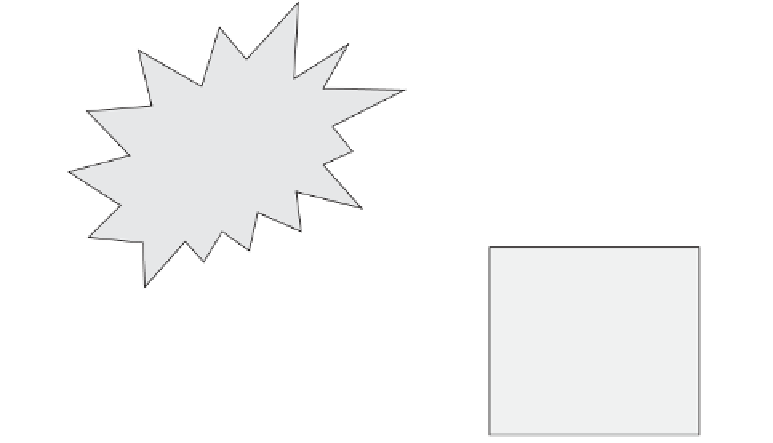Database Reference
In-Depth Information
appropriate components or building blocks are necessary for the data model to be
a true and correct replica.
We will briefly discuss some basic concepts of data modeling. When we consider
the real-world information content, the first thing that strikes you is the vastness of
data that exist. Even in the case of the real world relating to a university, the poten-
tial information content is enormous. You know that STUDENT is an object about
which information must be stored. But how much information about the object
called STUDENT must be stored? Everything there is about each student? Even
after arriving at what information about STUDENT must be stored, how do you
relate STUDENT and its characteristics to the data model components and repre-
sent them? After the data model is created, how do you proceed to the logical
design? Let us examine these issues and find the answers.
The progression is from reality to data model and then from data model to design.
Figure 5-5 illustrates the movement from reality to design.
Representation of Information Requirements
Let us work with a specific scenario, look at the information content, and examine
the process of representing the information requirements in a data model. Take the
case of an emergency room in a medical center and the services rendered there.
Assume that you are asked to create a data model to represent the information
requirements for billing for emergency room services.
Naturally, the first step is to observe the objects and processes in the emergency
room and to collect information requirements for the stated purpose. The informa-
tion requirements are for the purpose of supporting one process, namely, billing for
emergency room services.
REALITY
ACTUAL
BUSINESS
OBJECTS,
CHARACTERISTICS,
RELATIONSHIPS,
BUSINESS RULES
DATA MODEL
REPRESENTATION
OF OBJECTS,
CHARACTERISTICS,
RELATIONSHIPS,
BUSINESS RULES
Figure 5-5
Reality to data model and design.



Search WWH ::

Custom Search